By Selma and Maja
We who live here on Nesodden, love to be active. Some of the activities we love are cross country skiing, slalom, boating, football, swimming or working in our gardens. All these things affect the water here on Nesodden.
You probably wonder how activities such as football and slalom have anything to do with water? Most of the time you play football, you play on artificial grass. In this artificial grass, there are small pieces of rubber which easily get into waters and seas. These rubber pieces are made from rubber, and we all know that rubber isn’t good for the environment. All this usage can lead to a lack of drinking water for the inhabitants!
Then we have the steep hills, they don’t always have real snow, so they make some. There is a pond right next to it, and they take water from that. The same goes for cross-country skiing, there isn’t always enough snow. When skiing, you sometimes use ski lubrication and some ski lubrication contain fluorocarbon glides. That is not good for the environment. Another activity that is bad for the environment is boating, where oil is used as gas. That oil is not good for the water. In addition to that, some idiots also throw garbage from the boat and into the waters and seas. After all, it is not only the activities that are bad, but also the transport to and from them.
It has been very dry weather on Nesodden the last summers. Was it the water ban that stopped the Blekslitjernet from drying out?
– The water ban reduced the water spending. But on very hot summers, we buy our water from other municipalities like Bærum municipal. The water is delivered over the sea from Fornebulandet to somewhere near Tangen brew. Nesodden municipality has also worked on another water source from Asker municipalities. That water is also delivered over the sea from Asker to Fjellstrand pier. Under the dry summer in 2018, it was so dry that private wells went dry. To fix that problem, our municipality found other places where people could get water for their wells.
Is it outdoor activities that damage the Fagerstrand steam?
– Husbandry (mostly horsekeeping) along the steam can cause damage. Often horse manure ends up in the steam – for an example when there is a lot of rain.
How does cottages without proper sewage affect the water?
– Cottages with old/not approved private sewerage gives unwanted emissions to steams and ponds. Faeces from humans and animals contain lots of bacteria (also some who could give you diseases). Our municipality therefor demand upgrading of old and not approved sewerage.
Some people say that waxes with fluorocarbon is bad for the environment, but what are the consequences from use of toxic waxes (how does it affect the environment)?
– The environment is damaged if any trails of the wax is left behind in the nature, are included in the food chain and jump up in different organisms (for an example fishes). Many of these toxic substances can be endocrine disruptors, can lead to cancer or affect the food chains ability to reproduce.
What about producing fake snow and building of ski tracks?
– Production of snow demands a lot of water and energy, which helps to increase greenhouse gas emissions. Buildings of new or improving old ski tracks can in some cases be negative if the nature you build it in has high biological value, for an example an old oak forest.
The ski slopes are right by a pond. Does any of the chemicals or anything else that could pollute the water go into the water?
– If people use products for their skis or snowboards that aren’t environmentally friendly. It could end up in the water.
Places like Skoklefalltjernet is a place where people go on walks every day. Is the pond and the area around it polluted because of that in any way?
– The walking isn’t a problem, but if they throw garbage in the nature or don’t pick up after their dog went to the toilet it could pollute.
Is littering a big problem?
– Littering is generally a big problem in large areas. It is especially a problem if plastic ends up in the sea. A lot of the plastic at the beaches has come from a place far away, but the currents washes it from the sea. The plastic can break into smaller pieces and turn into microplastic. This hurt organisms like fishes and birds. It can also hurt animals by them getting stuck in it, or by it coming into their food so that they become ill or choke
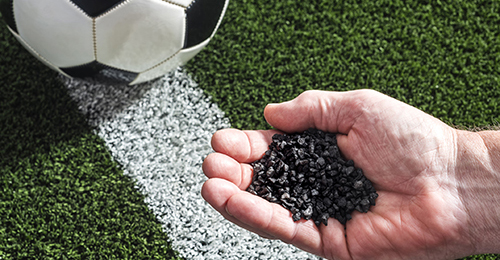
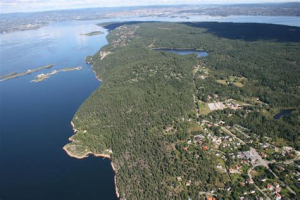


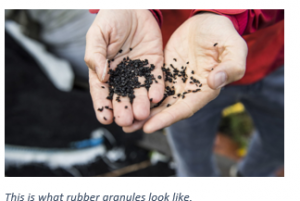


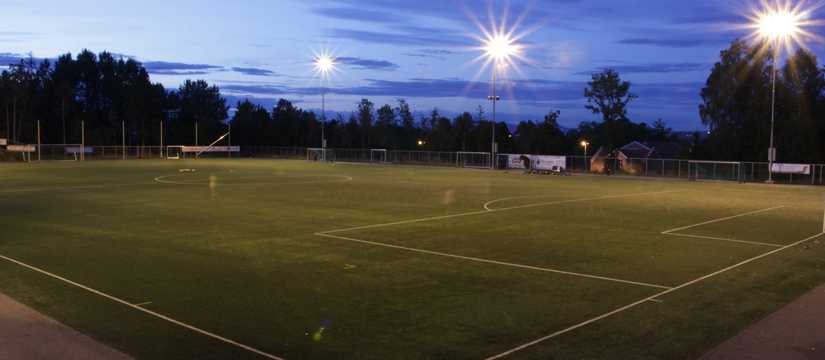
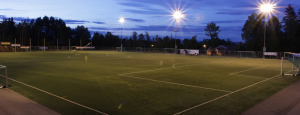

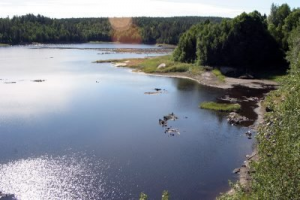 be potentially dangerous is faecal matter in our drinking water. It is very rare that faecally contaminated water gets through unpurified but faecal matter can seep through the water transportation pipes if they get damaged.
be potentially dangerous is faecal matter in our drinking water. It is very rare that faecally contaminated water gets through unpurified but faecal matter can seep through the water transportation pipes if they get damaged.